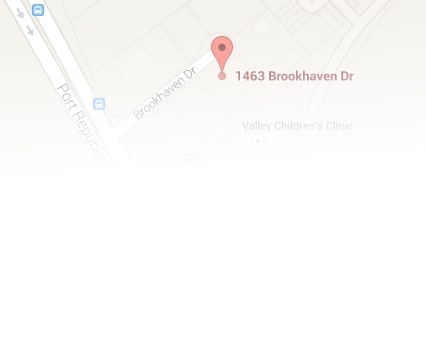Are you concerned about the safety of your bank accounts? If so, your fears are justified. Early in 2008, the Federal Deposit Insurance Corporation (“FDIC”), which insures bank deposits, reported the biggest jump in “problem institutions” it has seen since the Savings and Loan Crisis of the late 1980s. The FDIC identified 76 banks in trouble, a 52% increase from the prior year.
But there’s also good news. With the proper planning, you can protect your assets – even if you have considerable assets.
Each individual is covered for up to $250,000 in account assets. The limit is based on account ownership – if you own three different accounts totaling $500,000, at any one institution, only $250,000 is covered. One way to increase the amount of FDIC insurance at any one bank is to designate different ownership of the accounts at that bank. Say you own the $500,000 in your name alone; in that case, only $250,000 is covered. If you divide the accounts so you own $250,000 and your spouse owns $250,000, the full $500,000 is covered. While this is an easy way to get greater FDIC coverage for accounts at the same financial institution, it can lead to problems when the spouse whose name is not on an account needs to access the funds in that account.
For a legal consultation with a personal injury lawyer, call (434) 817-3100
Another option is to avoid placing more than $250,000 with any one financial institution. If you and your spouse place $1,250,000 in assets equally across five different banks, all the funds will be fully insured. To make the process easier, the Certificate of Deposit Account Registry Service (CDARS), a program which divides your assets across a network of institutions, can help you maintain insurance coverage on funds up to $50 million.
Arguably the best alternative is to place the accounts in the name of a Revocable Living Trust. Handled properly, the amount of FDIC insurance on bank accounts owned by a Revocable Living Trust can then be much greater. Why? Regulations now allow coverage to be calculated not just on ownership but also based on the number of beneficiaries identified in the trust agreement. If your trust names two beneficiaries in equal shares, the account is covered up to $500,000. Under the right circumstances, if you and your spouse set up a Joint Trust, that coverage could expand to $1,000,000!
Coverage is limited only to those individuals who receive assets upon your death. If your trust passes to your son Johnny and then, upon his death, to your daughter Suzie, Johnny is the only beneficiary considered.
FDIC insurance coverage rules can become much more complicated under certain circumstances: When there are more than two owners of a Revocable Trust, when the ownership of the trust is not in equal shares, or when the beneficiaries do not receive equal shares of the trust at the death of the owner. Plus, the regulations for calculating the amount of FDIC insurance coverage for an Irrevocable Trust are different than for a Revocable Living Trust.
A law office can help you ensure your assets are covered in the event of a bank failure, as well as help you take advantage of changes in state and federal regulations regarding your estate plan. Call an estate planning lawyer at MartinWren, P.C. to find out how they can help you determine the best way to protect your assets and plan for your family’s future.
Call (434) 817-3100 or complete a Case Evaluation form



